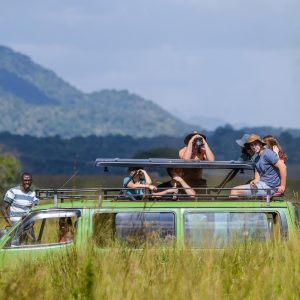- Home
- Self Drive
- Rental Cars
- CARS WITH ROOFTOP TENTS
- Land cruiser Prado TX/TZ with Pop-up Roof
- Land Cruiser Hardtop for hire across East Africa
- TOYOTA LAND CRUISER V8
- Land Cruiser TX/ TZ for hire in Uganda
- Land Cruiser VX/GX for self drive hire in Uganda
- Land Cruiser Extended Hardtop For Hire a Cross East Africa
- Toyota Hiace Drone For Self Drive in Uganda
- Toyota coaster bus for hire across East Africa
- Toyota Rav4 Self drive Car Hire In Uganda
- Safari Van for Rent in Uganda
- Toyota Premio for self drive hire in Uganda
- Toyota Hilux
- Toyota Raum for hire in Uganda
- Our Services
- Safari Tours
- Where To Go
- About Us
- Blogs
- Contact Us

 Explore the vast wilderness of Murchison Falls National Park on a game drive. The park is home to diverse wildlife, including elephants, giraffes, lions, buffalo, antelopes, and more.
Explore the vast wilderness of Murchison Falls National Park on a game drive. The park is home to diverse wildlife, including elephants, giraffes, lions, buffalo, antelopes, and more.